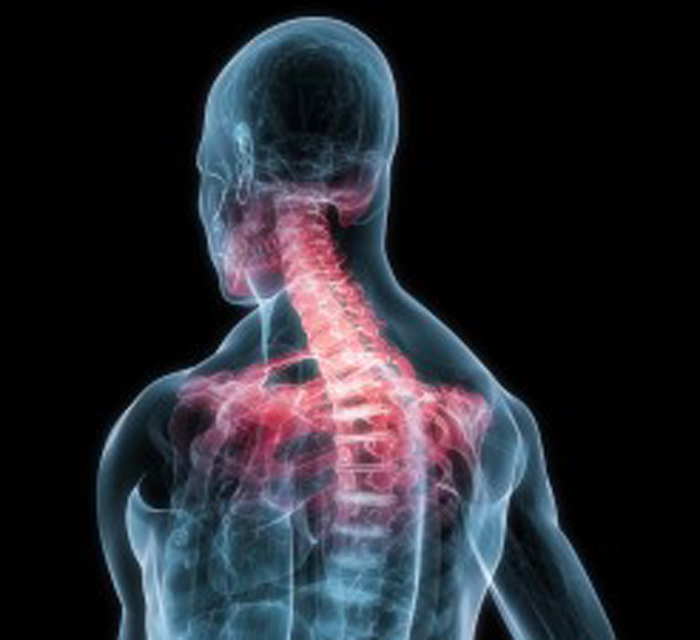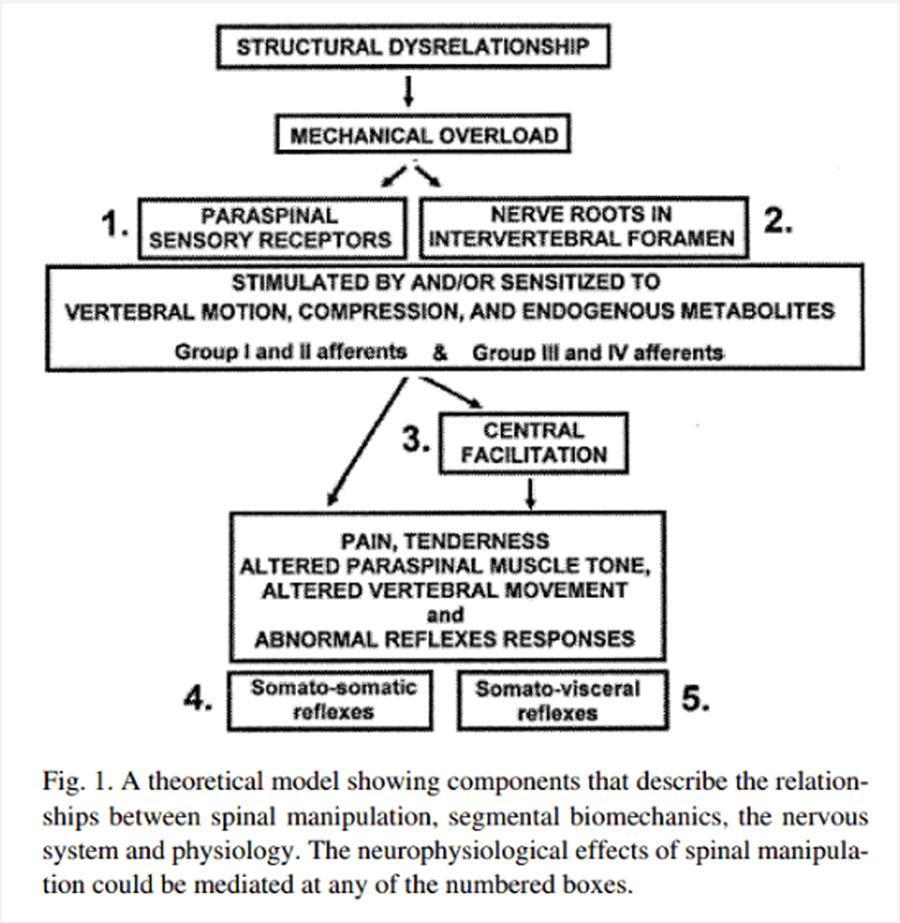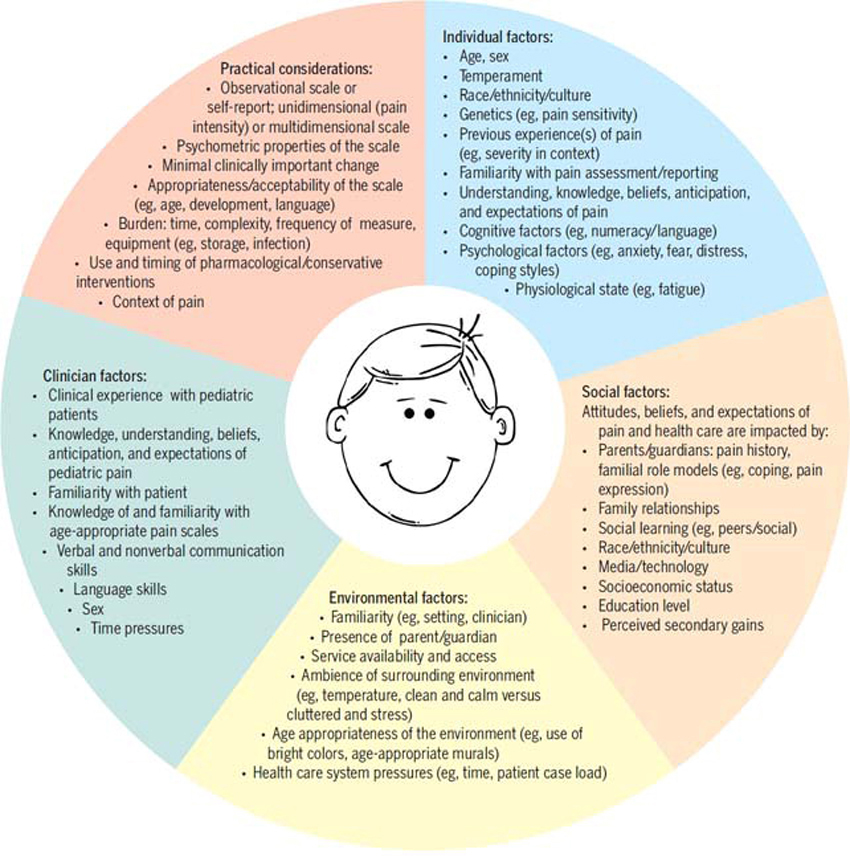Spinal Pain in Adolescents: Prevalence, Incidence, and Course: A School-based Two-year Prospective Cohort Study in 1,300 Danes Aged 11-13
SOURCE: BMC Musculoskelet Disord. 2014 (May 29); 15: 187 ~ FULL TEXT
Ellen Aartun, Jan Hartvigsen, Niels Wedderkopp, and Lise Hestbaek
Department of Sports Science and Clinical Biomechanics,
University of Southern Denmark,
Odense, Denmark
BACKGROUND: The severity and course of spinal pain is poorly understood in adolescents. The study aimed to determine the prevalence and two-year incidence, as well as the course, frequency, and intensity of pain in the neck, mid back, and low back (spinal pain).
METHODS: This study was a school-based prospective cohort study. All 5th and 6th grade students (11-13 years) at 14 schools in the Region of Southern Denmark were invited to participate (N=1,348). Data were collected in 2010 and again two years later, using an e-survey completed during school time.
RESULTS: The lifetime prevalence of spinal pain was 86% and 89% at baseline and follow-up, respectively. A group of 13.6% (95% CI: 11.8, 15.6) at baseline and 19.5% (95% CI: 17.1, 22.0) at follow-up reported that they had pain frequently. The frequency of pain was strongly associated with the intensity of pain, i.e., the majority of the participants reported their pain as relatively infrequent and of low intensity, whereas the participants with frequent pain also experienced pain of higher intensity. The two-year incidence of spinal pain varied between 40% and 60% across the physical locations. Progression of pain from one to more locations and from infrequent to more frequent was common over the two-year period.
There are more articles like this @ our:
CONCLUSIONS: Spinal pain is common at the age of 11-15 years, but some have more pain than others. The pain is likely to progress, i.e., to more locations, higher frequency, and higher pain intensity over a two-year period.
From the Full-Text Article:
Background
It is now widely acknowledged that neck pain (NP), mid back pain (MBP), and low back pain (LBP) (spinal pain) start early in life and that the lifetime prevalence increases rapidly during adolescence to reach adult levels at the age of 18 [1, 2]. In adults, LBP is now the leading cause of years lived with disability on a global level [3] and the societal burden due to disability pensions and treatment costs for this disorder are high and increasing [4]. Even amongst adolescents, consequences of pain are common, e.g., 8% of all 13 year olds and 34% of all 15-year olds seek health care for spinal pain in Denmark [5], and among those reporting recurrent LBP, 31% have refrained from participating in sport and physical activity and 26% have been absent from school [6], indicating that spinal pain in adolescence is not a negligible problem. In addition, spinal pain in adolescence is strongly associated with spinal pain and generalised pain in adulthood [7, 8] so, the young population is a group of special interest when exploring the incidence, progression, and severity of spinal pain.
Read the rest of this article here!






Leave A Comment